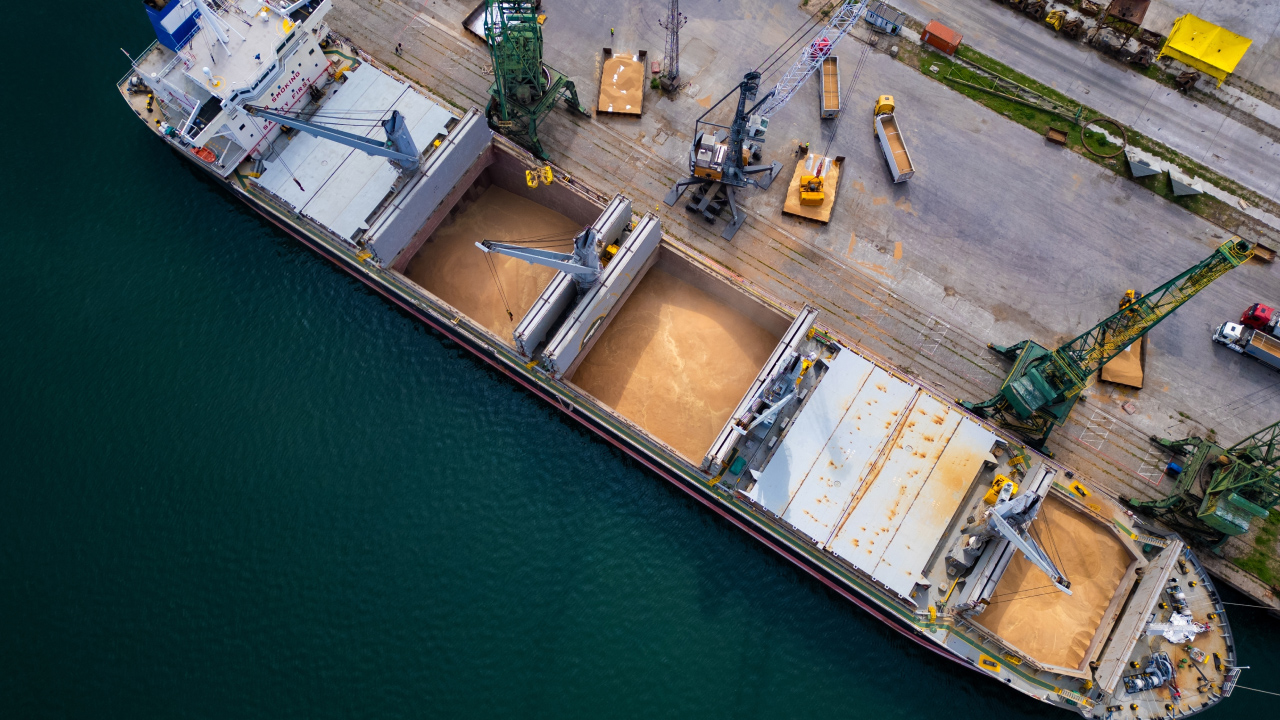Kiandra Insights
The top 10 challenges in logistics – and how AI is turning the tide


The logistics industry is under pressure.
Global demand is growing. Costs are rising. Customers want more for less, and regulators want it cleaner, faster and fully compliant. But many logistics organisations are stuck with legacy systems, manual processes and disconnected data that slow everything down.
The solution isn’t just more software. It’s smarter software. And that’s where AI, paired with custom low-code development is making a difference.
Here are the top 10 challenges facing logistics companies in 2025, and how AI is helping leaders overcome them.
1. Lack of supply chain visibility
❌ The problem: You can’t manage what you can’t see. Disconnected systems and data silos limit real-time tracking and decision-making.
✅ The fix: AI ingests data from IoT sensors, GPS, telematics and warehouse systems, then visualises it in a single, real-time dashboard. It flags exceptions before they become problems, helping teams respond proactively to disruptions, delays or inventory shortages.
2. Manual processes and outdated tech
❌ The problem: Reliance on spreadsheets, paper-based systems or SaaS platforms that no longer fit the business model.
✅ The fix: AI automates repetitive workflows like data entry, invoicing, document generation, and integrates these into custom platforms built with low-code. Combined, this removes the need for swivel-chair operations, reduces human error, and accelerates daily tasks.
3. Rising operational costs
❌ The problem: Labour, fuel, storage and compliance costs are growing. Businesses must find efficiencies or risk shrinking margins.
✅ The fix: AI-driven analytics can optimise delivery routes, predict maintenance needs, identify underperforming assets and simulate cost-saving scenarios. With automation handling the admin load, resources can be redirected to more strategic areas.
4. Port congestion and scheduling bottlenecks
❌ The problem: Delays at ports ripple through the entire supply chain. Scheduling errors and manual sequencing worsen the problem.
✅ The fix: AI models vessel arrival patterns, terminal activity and weather disruptions to recommend optimal berthing and unloading times. Combined with custom scheduling software, this leads to faster turnaround times and better use of port infrastructure.
5. Labour shortages and skills gaps
❌ The problem: Skilled staff are hard to recruit and harder to retain. Many roles remain unfilled.
✅ The fix: AI-enhanced systems can assist smaller teams by performing tasks previously reliant on human input, from customer service bots to intelligent scheduling and dispatch. It doesn’t replace people, it multiplies their impact.
6. Inaccurate demand forecasting
❌ The problem: Overestimating demand leads to waste. Underestimating it causes stockouts, missed revenue and broken trust.
✅ The fix: AI uses historical data, external factors (like weather or global events), and live purchasing behaviour to generate highly accurate demand predictions. These models continuously refine themselves, getting smarter with each cycle.
7. Compliance complexity
❌ The problem: Logistics operators must juggle ever-changing rules on customs, taxation, safety, emissions, often across multiple jurisdictions.
✅ The fix: AI tools can monitor regulatory changes, validate documents for compliance, and generate reports for audit readiness. When embedded in a custom-built logistics platform, compliance becomes proactive rather than reactive.
8. Pressure to reduce environmental impact
❌ The problem: Logistics is a high-emissions industry. Clients, regulators and shareholders are all demanding greener operations.
✅ The fix: AI enables emissions tracking and route optimisation based on fuel efficiency, congestion and terrain. It helps model carbon offsets and report against ESG targets, giving businesses a clear path to sustainability goals.
9. Disconnected systems and poor integration
❌ The problem: CRMs, ERPs, freight management tools and warehouse systems often fail to talk to each other. This creates double-handling and decision delays.
✅ The fix: Low-code development makes integration easier and faster. AI can also act as a bridge between systems – translating, mapping and syncing data automatically so you gain a unified view of your operation.
10. Rising customer expectations
❌ The problem: Customers expect real-time updates, fast delivery and full visibility. Any friction reflects badly on your brand.
✅ The fix: AI powers customer portals, predictive tracking, personalised notifications and even smart pricing. The result is a more responsive, reliable and impressive customer experience without overloading your team.
Why low-code makes all of this possible
Platforms like OutSystems make it possible to build enterprise-grade logistics systems in a fraction of the time and cost of traditional development. Embedded with AI and automation, you get a solution that is fast to deploy, easy to change, and deeply aligned with your business model.
No more outgrowing generic SaaS. No more relying on manual workarounds. Just software that fits and performs.
Take control of the chaos
At Kiandra, we build custom logistics software that makes complex operations simple. Our solutions combine low-code, AI, automation and deep domain expertise to deliver measurable results – fast.
And we make it easy to start. With a no-cost working prototype, you can see what’s possible before you commit to anything.
More insights

How low code is transforming app development in insurance
Low-code development is changing how insurers build and modernise their systems. It’s faster, more flexible and helps bridge the gap between IT and business. Learn how platforms like OutSystems, and Kiandra’s delivery expertise, are helping Australian insurers move beyond legacy systems and deliver better digital experiences.

Your legacy software is on borrowed time
Your legacy systems are quietly costing you time, money, and opportunity. Learn why they are on borrowed time and how a modern, low-code approach can help you move forward with confidence.

Replacing legacy systems with modern custom software
Many organisations across Australia still depend on systems built decades ago. These platforms once did the job, but they now act as barriers to growth. They are costly to maintain, difficult to scale, and risky to secure. More importantly, they can no longer keep pace with the expectations of staff and customers.
Let’s discuss your next project
Whether you’re curious about custom software or have a specific problem to solve – we’re here to answer your questions. Fill in the following form, and we’ll be in touch soon.





.svg)


.svg)



